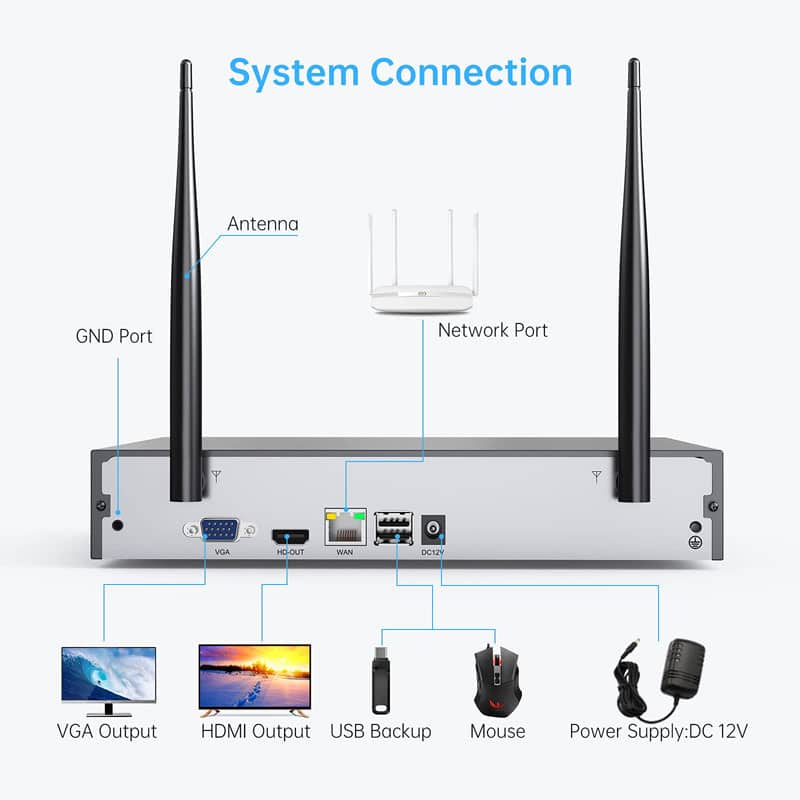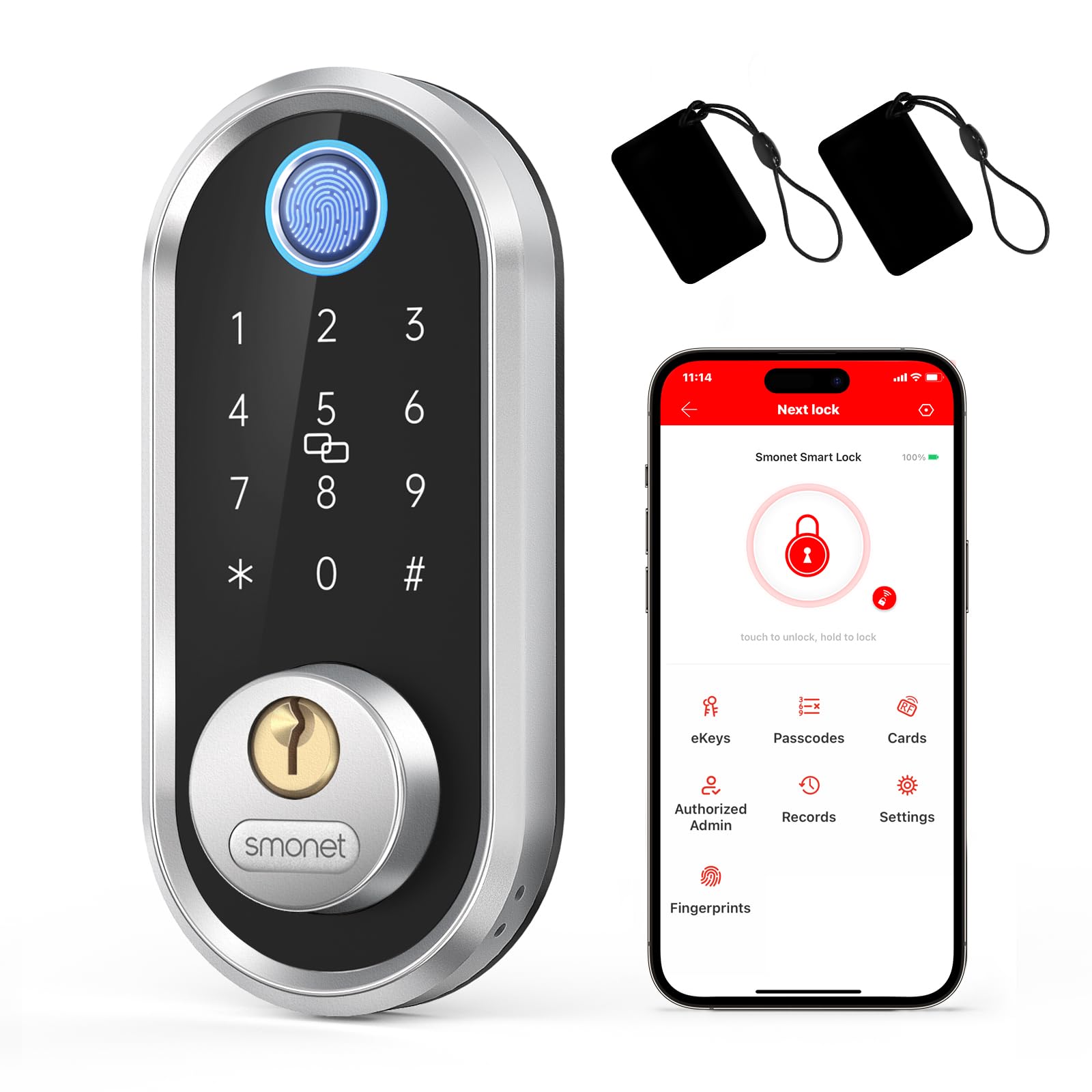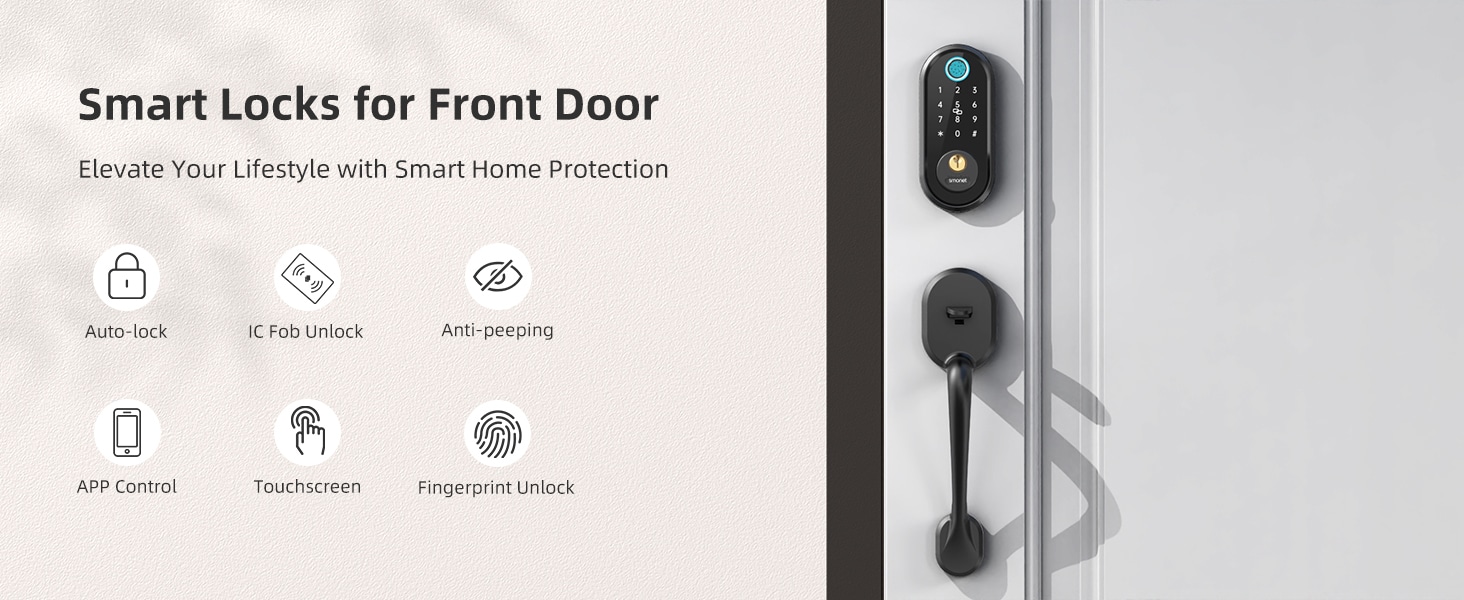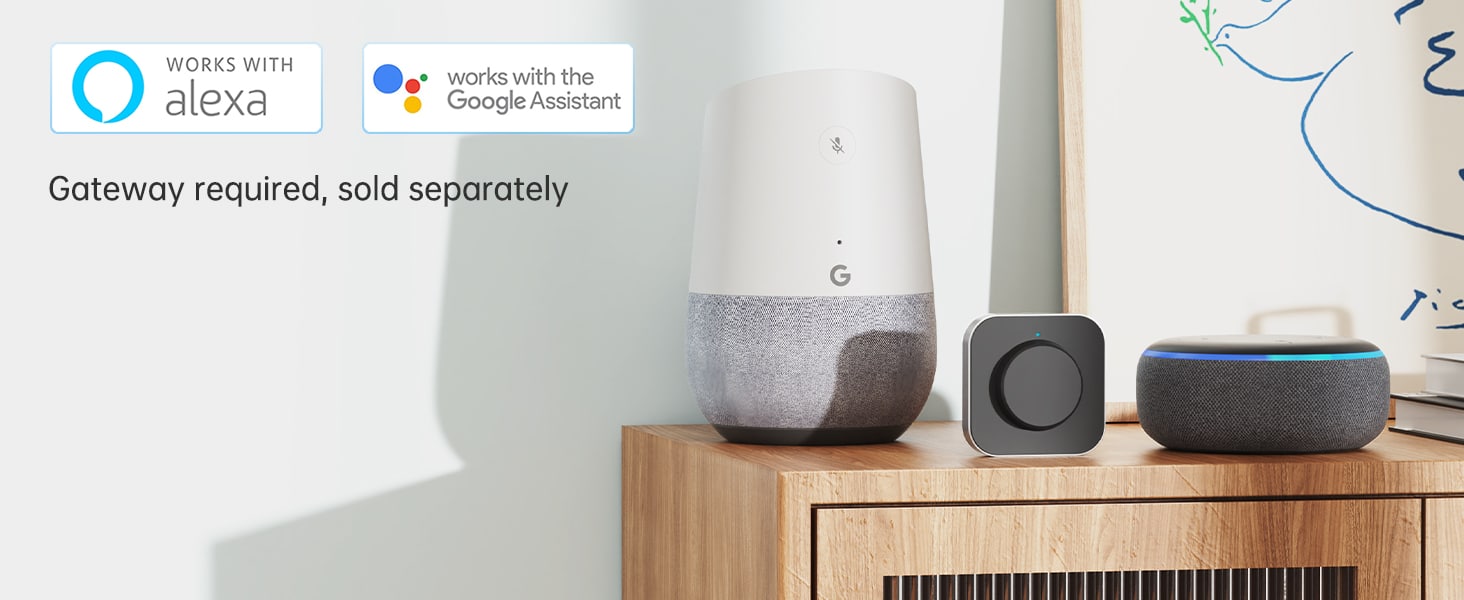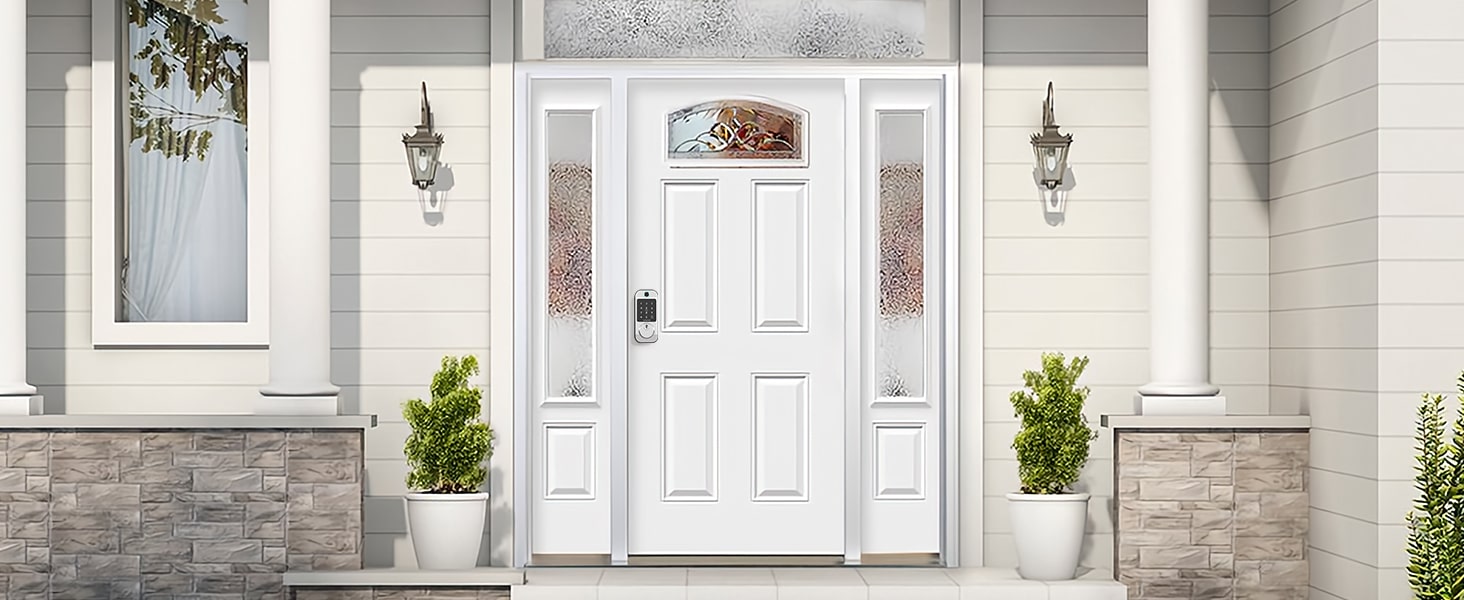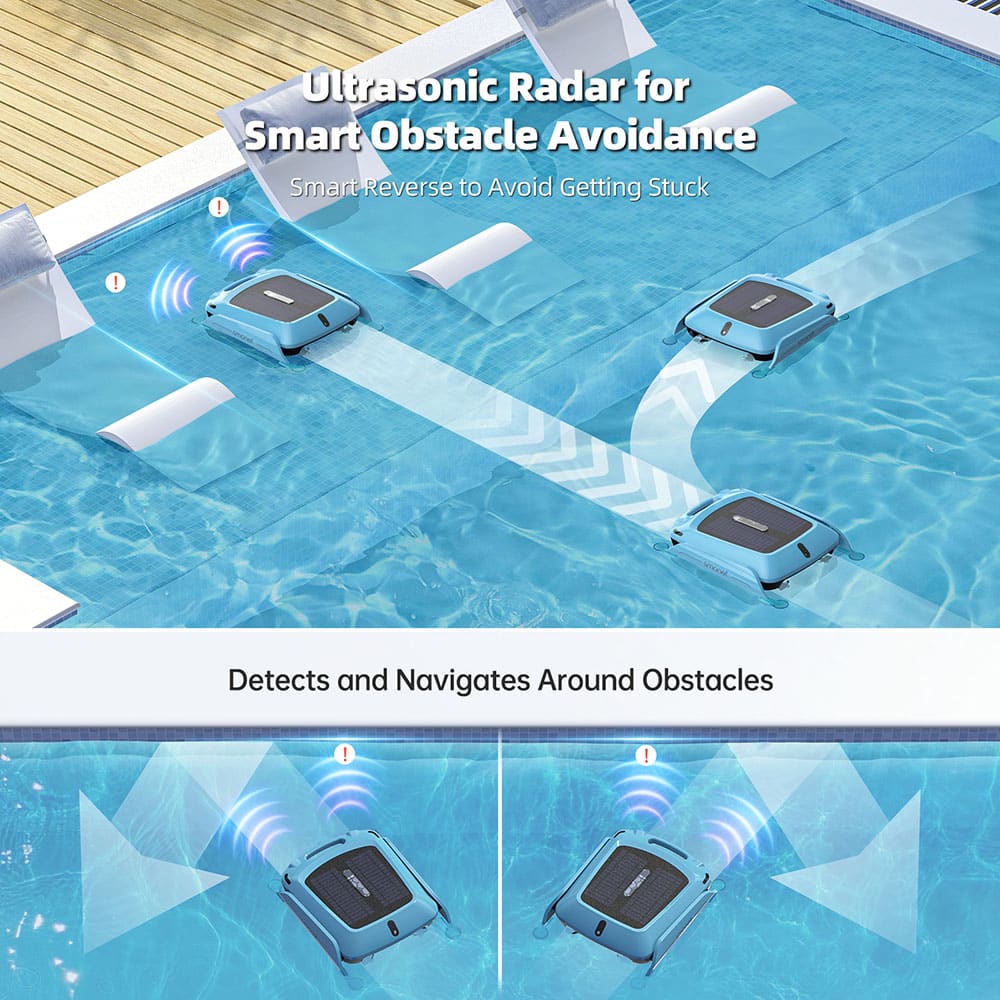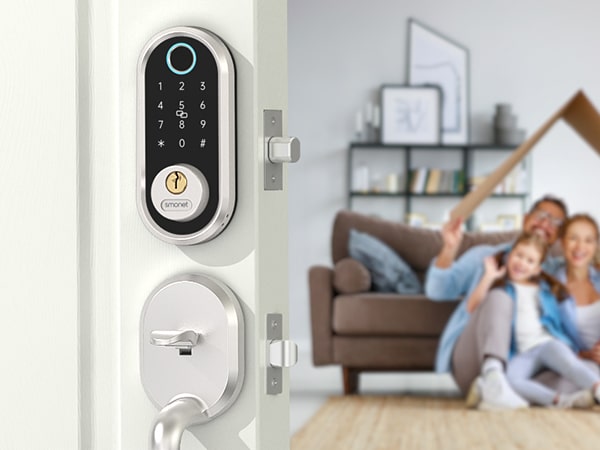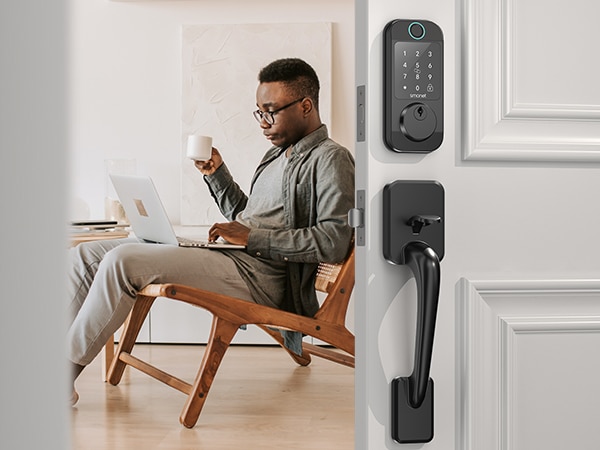Why Does My Security Camera Keep Going Offline? Troubleshooting & Solutions
Table of Contents
A security camera that frequently disconnects from the internet can be frustrating and may compromise the safety of your property. Whether it’s caused by weak WiFi, power supply issues, or incorrect settings, pinpointing the exact reason is essential to restoring a stable connection. In this guide, we’ll explore the most common causes of security cameras going offline and provide practical solutions to keep your surveillance system running smoothly.
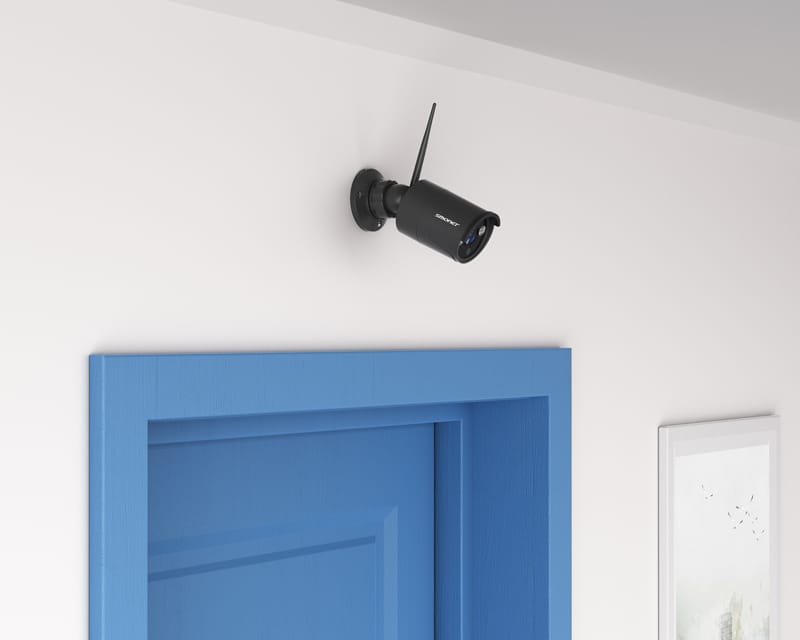
Common Causes and How to Fix Them
1. Weak WiFi Signal
A weak WiFi connection is one of the most common reasons for a security camera going offline. If the camera is too far from the router or there are physical obstructions in the way, it may struggle to maintain a stable connection.
Solution:
- Move the camera closer to the router and test if the connection improves.
- If repositioning isn’t possible, install a WiFi extender to strengthen the signal in areas with weak coverage.
- Ensure there are minimal obstructions, such as thick walls or large furniture, between the router and the camera.
2. Network Interference
WiFi interference from other electronic devices or neighboring networks can disrupt the camera’s connection. Common sources of interference include microwaves, cordless phones, Bluetooth devices, and baby monitors.
Solution:
- Identify and minimize interference by reducing the number of connected devices using the same frequency.
- Move the router and camera away from devices that may be causing signal disruptions.
- Change the router’s WiFi channel to a less congested one to improve connectivity.
3. Power Supply Issues
A camera that frequently loses power will also lose its connection to the network. This can be caused by power outages, loose cables, or an unreliable power source.
Solution:
- Ensure the camera is plugged into a stable and reliable power source.
- Use a surge protector to prevent power fluctuations from affecting the camera.
- Check for loose connections or damaged power cables, and replace them if necessary.
4. Outdated Firmware
Both your wireless security cameras with monitor and router rely on firmware updates to fix bugs, improve performance, and enhance compatibility. Outdated firmware can cause connectivity issues.
Solution:
- Check the camera’s app or the manufacturer’s website for firmware updates and install the latest version.
- Also, update your router’s firmware to prevent compatibility issues.
- Restart both devices after updating to ensure the changes take effect.
5. Router Settings Blocking the Camera
Certain router settings, such as firewalls, MAC address filtering, or DHCP restrictions, can prevent wireless security cameras with monitor from maintaining a stable connection.
Solution:
- Access your router settings and temporarily disable the firewall to see if the camera stays connected.
- Ensure that MAC address filtering is not blocking the camera. If enabled, add the camera’s MAC address to the allowed list.
- Confirm that DHCP is enabled so the router can assign an IP address to the camera automatically.
6. Network Overload from Too Many Devices
If your WiFi network is overloaded with too many connected devices, the bandwidth may not be sufficient for your security camera to function properly.
Solution:
- Disconnect devices that are not in use, such as smartphones, tablets, or smart home devices.
- If you have a large number of connected devices, consider upgrading to a high-performance router that can handle more connections.
7. Environmental Factors Affecting the Signal
Physical obstructions and environmental conditions can weaken the WiFi signal, causing intermittent disconnections.
Solution:
- Position the router in a central location to provide better coverage.
- Avoid placing the camera near large metal objects, concrete walls, or reflective surfaces that can weaken the signal.
- If the camera is outdoors, ensure it is protected from extreme weather conditions that may affect its performance.
8. Camera Configuration Issues
Sometimes, the problem lies within the camera’s own settings. Incorrect network settings, improper setup, or an incomplete installation process can cause connectivity issues.
Solution:
- Reset the security camera to its factory settings and follow the setup instructions carefully.
- Ensure the camera’s network settings match those of your WiFi network, including the correct security protocol (WPA2 is recommended).
- Verify that the camera is not set to an incorrect IP address mode, which could prevent it from communicating with the router.
9. Internet Service Provider (ISP) Issues
In some cases, the problem may not be with the security camera or your home network, but rather with your internet service provider. Temporary outages, slow speeds, or high latency can cause the camera to go offline.
Solution:
- Test your internet connection by checking if other devices also experience connectivity issues.
- Restart your modem and router to refresh the connection.
- Contact your ISP to check if there are any known outages or network problems in your area.
10. Camera Malfunction or Hardware Failure
If you have tried all the troubleshooting steps and your camera still goes offline frequently, the device itself may be faulty.
Solution:
- Restart the camera and see if the issue persists.
- Inspect the camera for physical damage, such as water exposure or worn-out components.
- Contact the manufacturer’s support team for assistance or consider replacing the camera if it is defective.
Additional Tips for Maintaining a Stable Connection
Check WiFi Signal Strength
Use a WiFi analyzer app to check your signal strength and detect any weak areas in your home. This can help you identify where a WiFi extender might be needed.
Try a Wired Connection
If possible, connect the security camera directly to the router using an Ethernet cable. This can help determine if the issue is WiFi-related or due to another problem.
Regularly Reboot Your Devices
Restarting your security camera, router, and modem periodically can help refresh the connection and prevent common network issues.
Review the Camera’s Manual
Each security camera model may have specific troubleshooting steps recommended by the manufacturer. Always refer to the user manual for additional guidance.
Contact Technical Support
If all else fails, reach out to the camera manufacturer’s support team for further assistance. They may be able to diagnose issues remotely and offer solutions tailored to your device.
Conclusion
A security camera that frequently disconnects can be caused by various factors, including weak WiFi signals, network congestion, outdated firmware, or power supply issues. By systematically troubleshooting each potential cause, you can identify and resolve the issue efficiently. Regular maintenance, software updates, and optimizing your home network can help prevent future disconnections and ensure your security system remains reliable. If problems persist, consider a wired connection or upgrading your router may provide a more stable solution. With the right approach, you can maintain a consistent and secure video surveillance system for your home or business.
Prime Day OFF
Until the End
-
Master Of Cleanliness: Visual Guide To Recognizing And Understanding Your Electric Pool Cleaners
-
Making the Right Choice for A Best Keypad Door Lock: A Guide Based on Material Consideration
-
The 7 Most Common Types of Locks for Home and Office Security
-
Door Knob With Fingerprint Identification- The Future Of Home Security
-
Selecting the Ideal Digital Door Lock Style and Color for Your Abode
-
Evolution Of Security- Smart Door Key Lock
-
Mailbox Digital Lock- Reinventing Mail Security In The Digital Age
-
Exploring Alternative Unlocking Solutions - Smart Lock Fingerprint Cards and Wristbands
-
Touch Id Door Locks- Next-Generation Security At Your Fingertips
-
Smonet Home Door Lock- The Future Of Home Security

